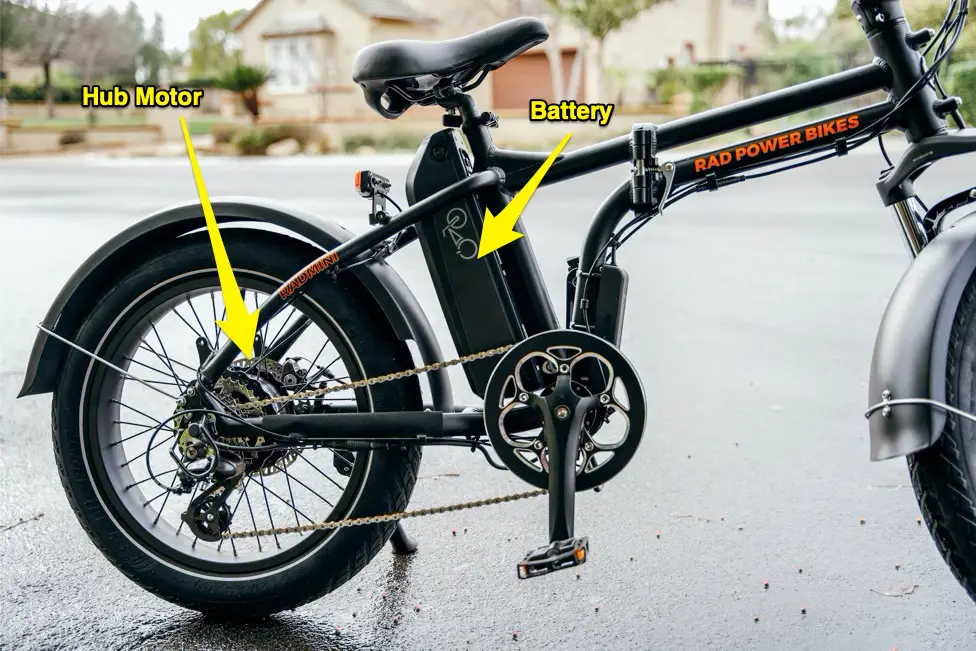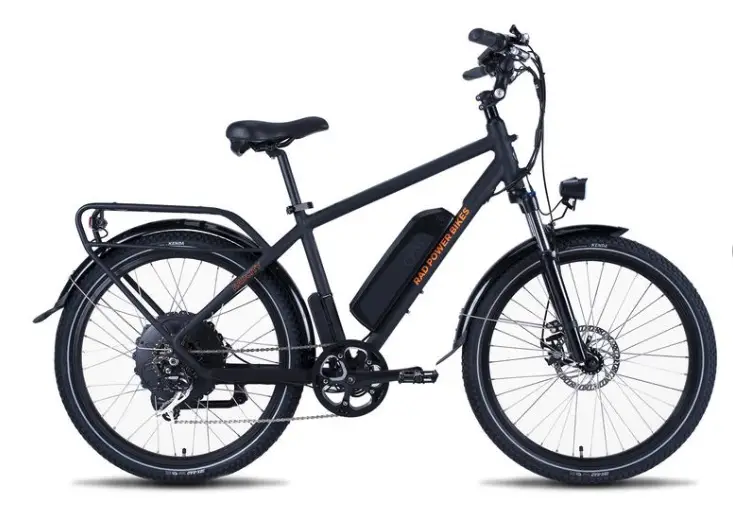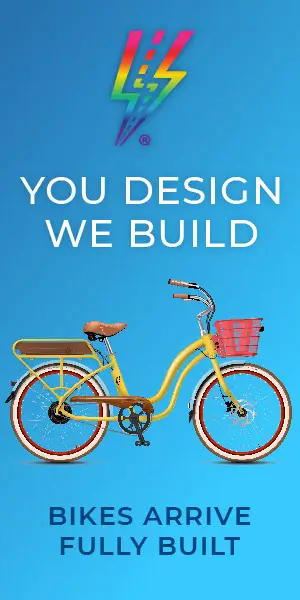Something you may be concerned about when making an investment to purchase an e-bike for commuting or recreation is its longevity. So you probably want to know, “How long will my electric bike, and particularly the motor, last?”
The motor for an electric bike will generally last up to 10,000 miles at its minimum; this could be longer if properly cared for. If you are riding ten miles per day, that means your e-bike motor should last you for approximately three years before it needs replacing.
So you now know what sort of time frame you’re looking at in terms of how long the motor will last us, but there are other matters, and other essential components to consider. These may need replacing sooner than the motor, and thus we need to consider the overall maintenance and caring of our e-bikes.
How Long Do Electric Bike Motors Last?
The motor will be the component that will likely last the longest on your e-bike, and you can extend its lifespan by ensuring that it is properly taken care of.
This likely comes as quite a surprise, but it’s not too farfetched if you consider how e-bikes actually work. The motor will, most likely, not be running all the time that you are using the bike. Instead, it only comes into play once you are pedaling to propel the bike forward.
Unfortunately, it doesn’t do all the work for you but instead offers assistance to the work you’re already putting out.
Depending on your usage amount, you’ll likely find that your motor lasts approximately 10,000 miles or roughly between three and five years.
Read the Guide to E-Bike Basics (how they work)
How To Make An Electric Bike Motor Last Longer
As mentioned before, the motor will likely be the last component of the e-bike that you’ll need to replace; however, proper care and maintenance are key to ensuring that it lasts as long as possible.
Three main types of motors may be found on electric bikes, and these are the Direct Drive Hub, Geared Hub, and the Mid-Drive. Below we describe what these terms mean and how best to care for them.
5 Essential E-Bike Motor Care Tips:
- Avoid allowing your motor to get wet
- Keep your motor and the rest of your bike clean
- Don’t allow your electric bike to be exposed to high temperatures consistently (over 100 degrees Fahrenheit)
- Oil the moving components regularly, such as the chain, gears, and bearings
- Ride gently: Use pedal assist and throttle as needed (don’t ride it like a moped or motorcycle!)
- Take your e-bike to the experts for periodic services and maintenance
Direct Drive Hub Motors Last Longer
The direct drive hub is a motor that you will find mounted on either the front or rear wheel of the bike. It provides assisted forward motion by utilizing magnets on the inside surface of the hub and the stator windings, which are attached to the wheel’s axle.
What’s great about this type of motor is that it has barely any moving components, except the bearings, which aids in its exceptional durability and longevity.
However, two things can affect the overall lifespan of this type of motor: overheating and rust. You could experience overheating because there is too much power running through the direct drive hub, the motor, and the other components. In some cases, if the motor and controller calibrations are off, it can even result in the elements getting so hot that they melt!
The main thing here is to ensure that the calibrations are correct, and then you shouldn’t have a problem. If you are unsure how to do this yourself, you can always take it to an electric bike dealer or bike repair shop, and they should be able to assist you with this.
The other issue I mentioned is rust, and this will likely be due to water. Generally, this will only be a concern if you live in a place with a wet climate or if you happen to ride in the rain. The main components here to worry about are the bearings within the motor.
So it’s a good idea to keep the motor dry. But if this isn’t possible, you should dry it as soon as you’re done riding your e-bike.
Since a direct drive motor tends to last longer than other types of motors, it’s popular on commuter or city bikes like this one:
How to Make Geared Hub Motors Last
A geared hub motor is quite different in that it actually has a motor that spins faster than a direct drive motor. It utilizes gears to transfer the torque to the wheels and will help decrease the motor’s higher speed into torque when one needs to climb hills or inclines.
When it comes to gears, there will be friction, which will cause wear on them. This means that most likely, a geared hub will have a shorter lifespan than a direct drive hub.
Unfortunately, this sort of general wear and tear is not something that you can do much about, and you will have to resolve the fact that you’ll need to replace the motor anywhere between 3,000 and 10,000 miles. This will depend on the make, model, and overall quality of your motor, however.
If you use your bike regularly and put many miles on its odometer, you may end up replacing the motor 2 to 3 times throughout the bike’s lifespan.
Gear Hub motors are a bit more expensive to replace than Direct Drive hubs but less than Mid-Drive motors. They are also easier to replace, so you may even be able to do the replacement yourself.
Mid-Drive Motor Failure
A Mid-Drive motor is connected directly to the crank, resulting in the power being delivered directly to the chain. This type of motor is one that will cause the most strain on the other components of the bike; so elements such as the chain drive, the derailleur system, and the sprockets are going to be put under greater stress.
This is because the motor and rider are both applying force to the same system. This motor is also capable of greater output than the average rider; where the rider can most likely sustain an output of 100W, the motor can deliver 250W+. All this additional strain on the bike’s parts will cause there to be far quicker wear on them.
Because of these high demands placed on the other components, many electric bikes come with upgraded chains to help alleviate the potential for too quick a wearing down. Again, here we can see that there isn’t very much that one can truly do to prevent overall wear to certain areas of an e-bike.
Like the Direct Drive, the Mid-Drive motor is also susceptible to moisture, and keeping it dry is a key component to maintaining it. Also, if you receive warnings from your controller, it’s best to have any issues checked to ensure the device lives out its full lifespan.
Here’s more information on how long an e-bike controller lasts (and how to test it)!
One real downside to owning an electric bike with this sort of motor is that once they die on you, they are exceptionally difficult to replace. And by doing so, you could damage other parts of the bike. It’s thus most advisable to have a professional replace a mid-drive motor or just purchase a new e-bike altogether.
Electric Bikes Motor Maintenance
The general lifespan of a motor is something that you do have some control over. The following suggestions will help you in maintaining it to as pristine a level as possible, for as long as possible:
- Keep your e-bike clean, including removing any dirt or debris that may accumulate in the drivetrain.
- Oil the moving components such as the chain... this is a very important job that you can easily do yourself.
- Take your electric bike in for regular services and make sure that you keep up to date with its overall maintenance.
The battery and how you charge it are also key aspects of maintaining e-bikes as a whole. How and when you ought to charge it should be in the instruction manual. But if not, there will likely be electric bike service technicians in your city, or if not, you can contact the manufacturer and ask them for additional advice on how to best care for your bike.
Read the step-by-step E-Bike Maintenance Guide!
Key Electric Components Of An E-Bike
Although you clearly wouldn’t get any pedal assistance if your electric bike didn’t have a motor, there are a couple of other components that would make “electric” bicycling impossible.
The Motor
There are various placements for the motor on an electric bike, and there are reasons and benefits for any one of these three. You can have a bike with a front hub, a mid-drive motor, or a rear hub. The main purpose of the motor, as mentioned before, is to offer you assistance when you’re pedaling.
We call this assistance that it gives us ‘torque’. Now the more advanced and powerful the motor is, the more torque it’s likely to generate. Following this, the more torque you can get from the bike, the more power you have at your disposal.
Which is Right for you? Hub or mid drive motor? Find out!
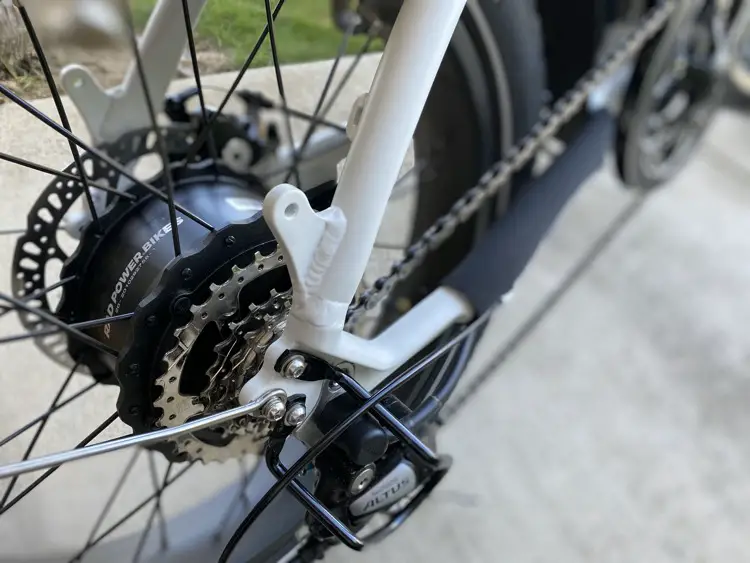
The Battery
Like the motor, the battery on an e-bike can be found in various locations, and this will most often depend on the type and size of the bike’s frame. Now the make and type of battery that your bike has will dictate two things: how long it will last before needing charging again and how long it takes to charge before it is ready for use once more.
On average, though, you are looking at a charging time of between four and six hours. Charging the battery is simple enough, and much like charging your other devices, such as a cell phone, you will likely just need to connect it to a wall socket. Just be sure to charge your battery in time for your next ride.
This is another component that’ll need to be replaced eventually, so you probably want to know after what sort of time frame this will happen. The general rule of thumb is that your battery should, on average, last you for about 1,000 charges, or like the motor, about three to five years.
It may be tricky to gauge when it needs replacing, but a good indicator is once it no longer holds its charge for as long as it used to. At this point, you can assume that the battery is beginning to wear out.
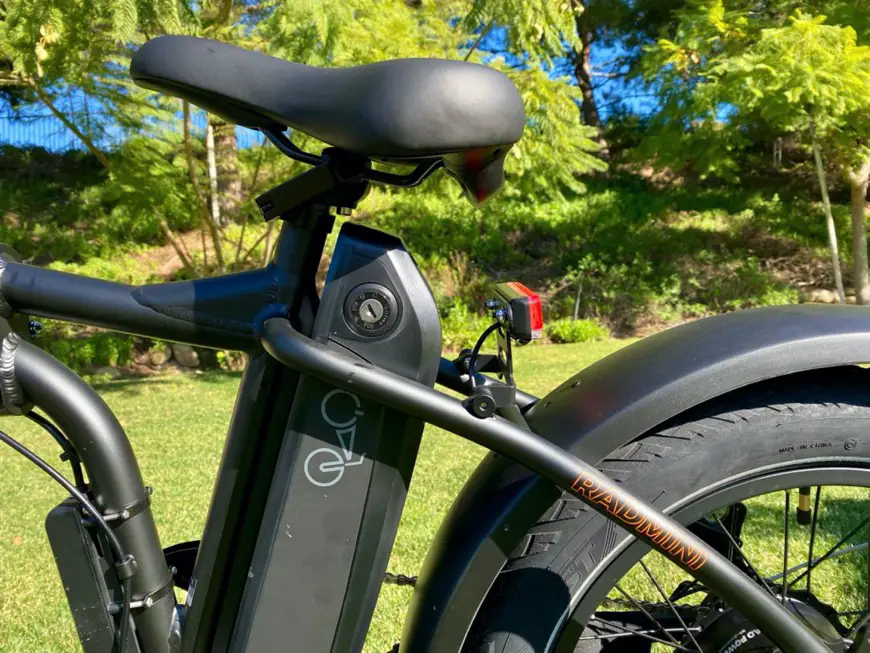
The E-Bike Sensors
There are two types of sensors that one gets, and these are cadence (speed) sensors and torque sensors. Whichever one your bike has, the sensor is another vital part of the electric bike and its functioning.
The cadence sensor works so that it is engaged once you begin pedaling your bike, which ensures that you are given that desired assistance.
A torque sensor is slightly more advanced as it responds to merely a small amount of assistance to match your given speed. It is more responsive than the speed sensor and could be considered smarter. It will ultimately aid in your speed output and helps in the overall maneuvering of the bike.
How To Prolong The Lifespan Of Your E-Bike’s Battery
When it comes to batteries, there are generally three available options, which will probably come preinstalled with your electric bike. It’s a good idea to find out what type of battery your e-bike has, as this will indicate how long the battery’s lifespan is. These are the types you may find, although the lithium-ion battery is the most common:
- Lithium-ion batteries, which last for about 1000 charges
- Nickle batteries will give you approximately 500 charges
- Finally, lead batteries offer you the lowest likely amount of charges, sitting at 300.
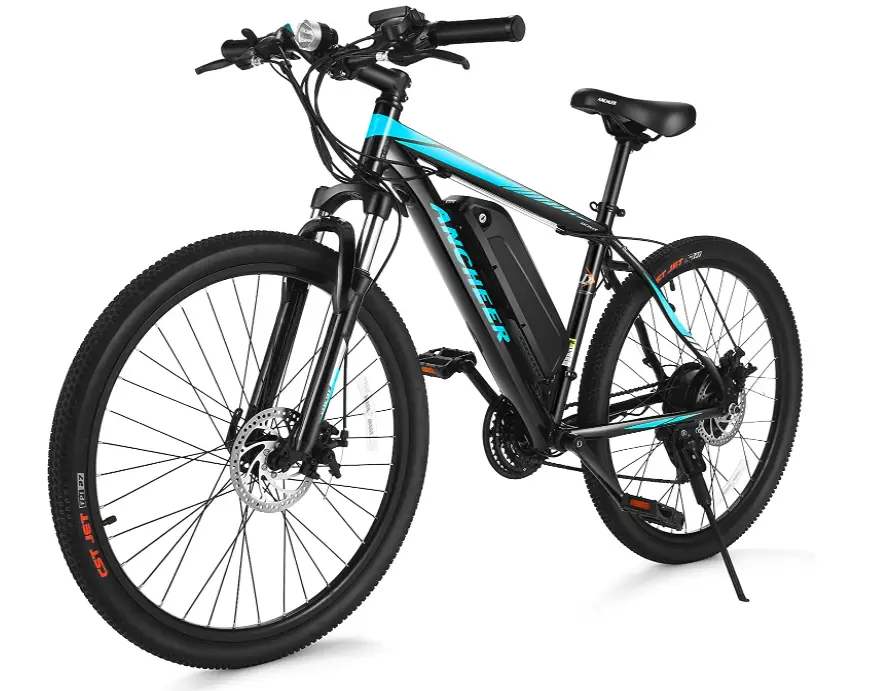
How Hot is Too Hot for an E-Bike Battery?
There are a few factors that will affect the performance and lifespan of your e-bike’s battery. The main culprit is temperature. Extreme heat or cold affects the battery’s longevity, charging, and even voltage control.
So don’t let your bike’s battery be exposed to high temperatures for long periods at a time, especially those over 100 degrees Fahrenheit. For instance, don’t leave your e-bike parked out in the sun (unless you’re solar charging it), or in a closed-in shed when it’s super hot, for example. And don’t put your battery on a windowsill in direct sunlight.
Alternatively, leaving your battery in places below freezing is also a bad idea.
If you want your battery to last as long as possible, it should ideally be stored in temperatures between 60 and 70 degrees Fahrenheit.
How to Store Your E-Bike Battery
Another culprit that may cause your battery’s lifespan to lessen is how you store it. Don’t allow it to be stored fully charged, as this will have a negative impact on the recoverable capacity. Instead, try to leave the battery at between 40 and 80% of its full charge when you’re not using it for long periods.
A practical way to ensure that it is in this range is by charging it, taking it for a ride, and then storing it. Also, if your battery has the function of lower power storage, then you can switch it to this setting before charging it for storage purposes.
Learn more about safely storing your electric bike and battery
Conclusion
Although general wear and tear on electric bikes are inevitable, there are simple and practical things you can do to ensure that your motor and electric bike in its entirety last longer.
One of the main things to avoid is water, so do not use a pressure hose, for example, when routinely cleaning your bike. Also, avoid riding through large puddles and if you do ride in the rain, make sure that you dry the motor and other components properly after use.
At the end of the day, your motor will likely outlast all the other components of your bike, such as the tires, brakes, chain, battery, and so on. So just be sure to keep it clean, oil the parts which require oiling, and try not to allow your e-bike to overheat. If you keep all this in mind, you should be able to enjoy your electric bike for years.

